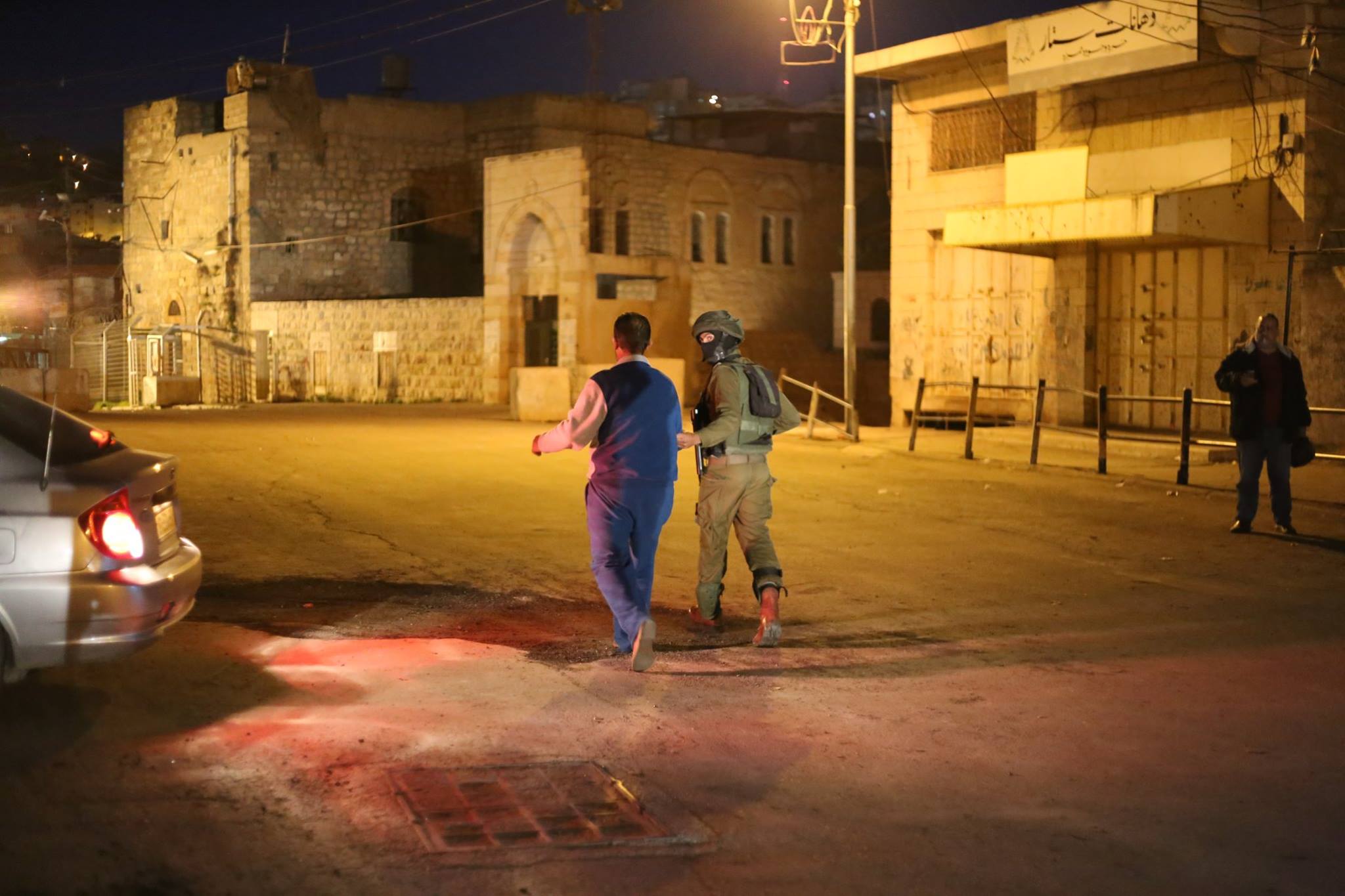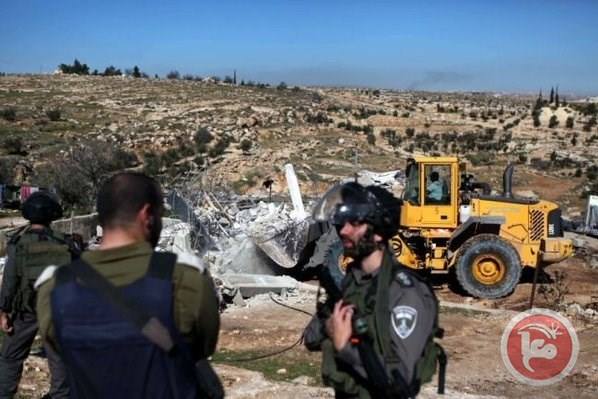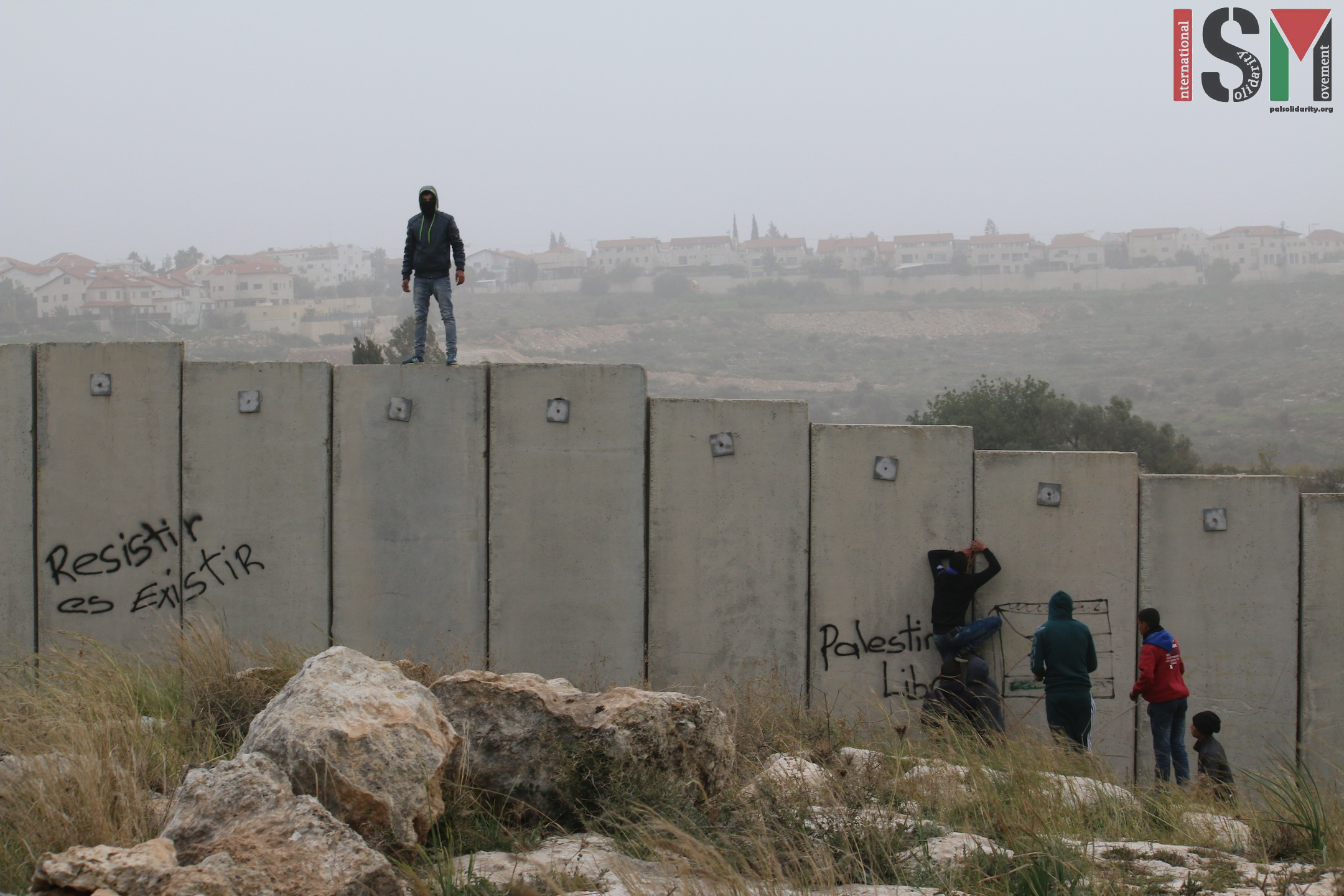-
House raids and arrests: Queitun area violently invaded by Israeli Forces
17th January 2016 | International Solidarity Movement, Al-Khalil Team | Hebron, occupied Palestine Yesterday, 16th of January 2016, the area of Queitun in Al-Khalil (Hebron) in the occupied West Bank was invaded by more than 50 Israeli Forces and more than six military jeeps and two police cars. The Israeli Forces raided multiple houses in […]
-
Four shelters and one water tank destroyed in Tubas
January 16th 2016 | Jordan Valley Solidarity | Tubas, occupied Palestine At 6 am on 14th January 2016 the Israeli occupation army entered Tubas area, with twelve jeeps and two bulldozers, destroying four shelters and a water tank. In December 2015 the army gave the order for demolition of the shelters, obliging the owners […]
-
Weeks of repression and resistance in Ni’lin
15th January 2016 | International Solidarity Movement, Ramallah team | Ni’lin, occupied Palestine A walk through the olive groves of Ni’lin village, down the dirt road between stone walls and cacti and past the scattered remnants of spent tear gas canisters, grenades and bullet casings reveals a striking vista: the Israeli-constructed, illegal Apartheid Wall cuts sharply across […]
Action Alert An Nabi Saleh Apartheid Wall Arrests BDS Bethlehem Bil'in Cast Lead Demonstration Denial of Entry Ethnic Cleansing Farmers Gaza Global Actions Hebron House Demolition International law Israeli Army Jerusalem Live Ammunition Nablus Ni'lin Prisoner Ramallah Rubber-coated steel bullets Settlement Settlers Settler violence Tear-Gas Canister Video



